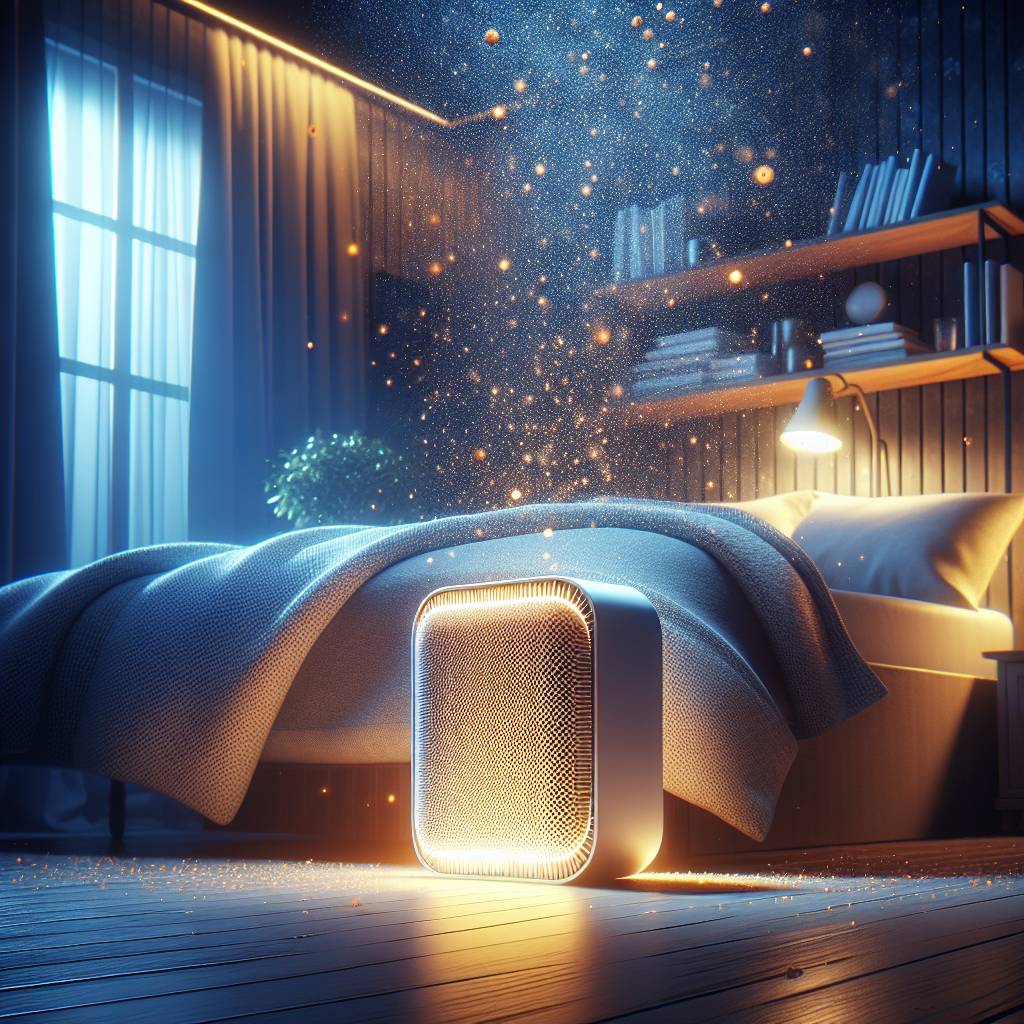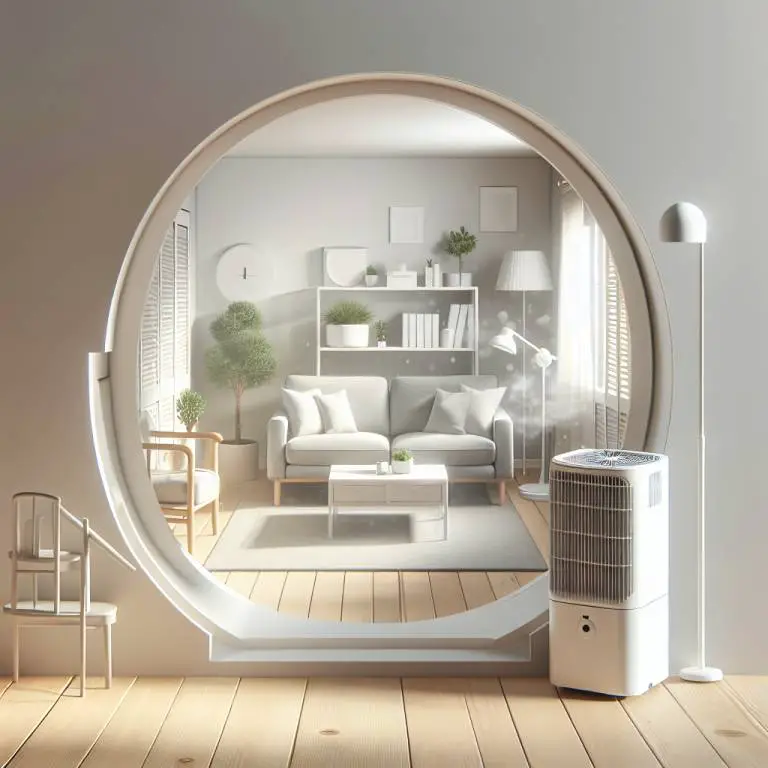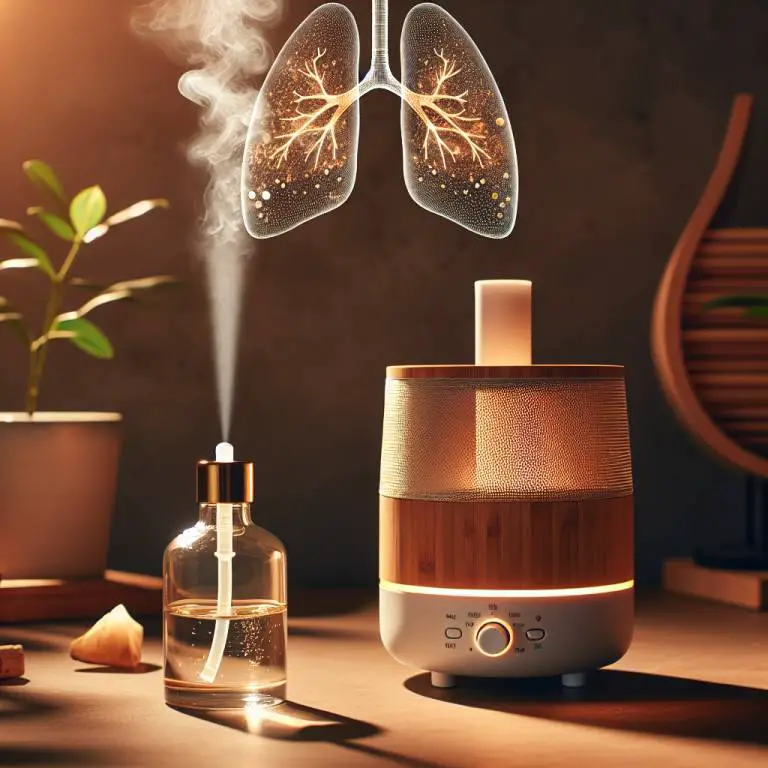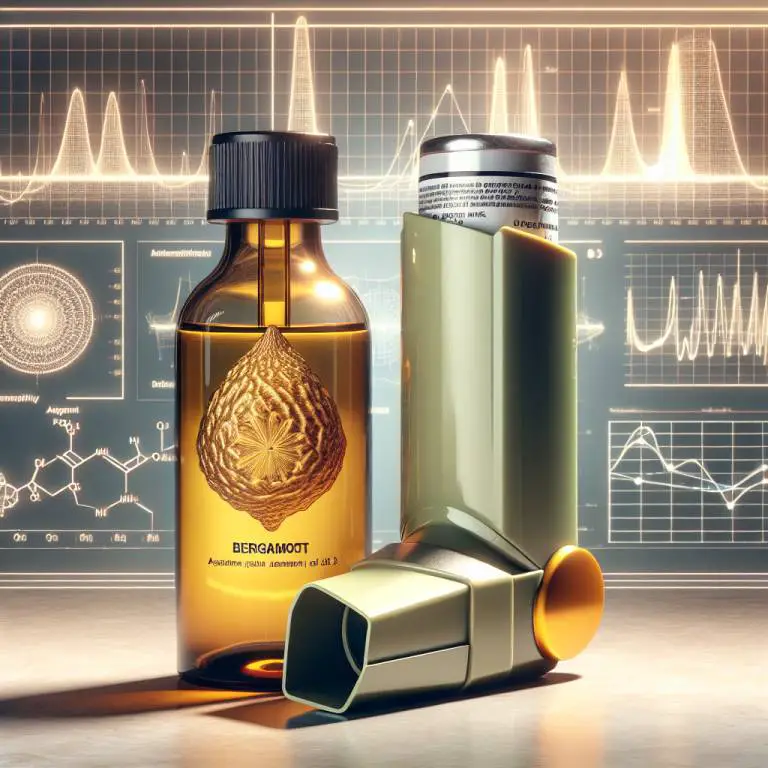How Do Air Purifiers Alleviate Asthma Triggers?
Air purifiers help reduce asthma triggers in the home by cleaning the air. They pull in dirty air, trap particles like dust, pollen, and pet dander that can cause asthma attacks, and then push out clean air. This process lowers the amount of harmful substances in the air, making it easier for people with asthma to breathe.

How do air purifiers alleviate asthma triggers?
Air purifiers work by cleaning the air in your surroundings, which can be filled with various particles that might trigger asthma. These devices use filters to capture and remove pollutants and allergens from the air, making it cleaner and safer to breathe for people with asthma.
The process involves drawing in air from the room, passing it through one or more filters that catch particles like dust, pollen, pet dander, and smoke. By removing these irritants from the environment, air purifiers help reduce the likelihood of asthma attacks triggered by airborne substances.
Moreover, some air purifiers are equipped with technology specifically designed to target and neutralize microscopic asthma triggers. This includes not only solid particles but also chemical vapors and odors that can exacerbate asthma symptoms. Thus, they provide a comprehensive solution to improve indoor air quality for individuals suffering from this condition.
What types of air purifiers are most effective for asthma sufferers?
For individuals with asthma, HEPA (High-Efficiency Particulate Air) filter-based air purifiers are considered among the most effective. HEPA filters can trap 99.97% of particles that are 0.3 microns in diameter or larger, including many common allergens and irritants such as pollen, dust mites, and pet dander.
Struggling with asthma symptoms? Our favorite air purifier for asthma could be the solution you need. Find out how it works to clear the air in your home. Click here for details.
In addition to HEPA filters, air purifiers with activated carbon filters are beneficial for those with asthma because they can absorb gases and odors that may trigger symptoms. This combination of HEPA and activated carbon filtration provides a dual action against both particulate matter and gaseous pollutants.
Furthermore, some advanced air purifiers incorporate ultraviolet (UV) light technology to kill bacteria and viruses in the air. While not directly removing particulate triggers, this feature can help maintain a healthier indoor environment by reducing the potential for respiratory infections that could worsen asthma conditions.
Can air purifiers remove all types of asthma triggers from the air?
Air purifiers are highly effective at removing many types of airborne particles that can trigger asthma symptoms. However, it’s important to note that no device can eliminate 100% of all pollutants from an environment. The effectiveness of an air purifier depends on several factors including its size coverage area compared to the room size where it is used.
Certain types of triggers like volatile organic compounds (VOCs) require specific kinds of filters — such as activated carbon — to be effectively removed from the air. Additionally, physical removal of sources of allergens and regular cleaning are necessary complements to using an air purifier since some triggers may settle on surfaces rather than remain airborne.
It’s also worth mentioning that while high-quality HEPA filters can capture most particulate matter relevant to asthma sufferers, extremely small particles or gases might pass through if not combined with other technologies like activated carbon or UV light treatment within the purification system.
How do HEPA filters in air purifiers combat asthma triggers?
HEPA filters play a crucial role in combating asthma triggers by trapping airborne particles such as dust mites, pollen, mold spores, pet dander, and even tobacco smoke — all known irritants for people with asthma. The dense meshwork of fibers in a HEPA filter is designed specifically to capture these tiny particles without allowing them back into the room’s atmosphere.
The efficiency of HEPA filters stems from their ability to capture over 99% of particulates 0.3 microns in diameter or larger on their first pass through the filter. This level of filtration ensures that even very small allergens are removed from indoor environments effectively reducing exposure risks for asthmatics.
Beyond just capturing particulates physically present in the airflow passing through them; these filters also contribute indirectly towards improving overall indoor environmental quality by maintaining lower levels of airborne contaminants over time when used consistently within an appropriate setting according to manufacturer guidelines.
| Air Purifier Feature | Mechanism | Impact on Asthma Triggers |
|---|---|---|
| HEPA Filter | Traps particles as small as 0.3 microns | Removes allergens like pollen, dust mites, and pet dander from the air |
| Activated Carbon Filter | Absorbs gases and odors | Reduces household odors and volatile organic compounds (VOCs) that can trigger asthma |
| UV-C Light | Uses ultraviolet light to kill bacteria and viruses | Decreases the presence of airborne pathogens that can exacerbate asthma symptoms |
| Ionizer | Releases negatively charged ions to attract positively charged particles | Clumps smaller particles together to be more easily captured by filters or settle out of the air |
| Pre-Filter | Captures large particles before they reach the HEPA filter | Extends the life of the HEPA filter, ensuring efficiency in removing asthma triggers |
What are the limitations of air purifiers in managing asthma symptoms?
Air purifiers can be a helpful tool for people with asthma, but they have their limits. They can’t remove all allergens and pollutants from the air. For example, they might not catch very small particles or gases like carbon monoxide.
Also, air purifiers work best in closed spaces. If windows or doors are open, new pollutants can come in faster than the purifier can clean the air. This means that while air purifiers can reduce triggers, they can’t create a completely allergen-free environment.
How often should air purifiers be used to effectively reduce asthma triggers?
To keep the air as clean as possible, it’s best to use air purifiers continuously, especially in rooms where you spend a lot of time. Running an air purifier all day helps ensure that it constantly filters out particles and reduces asthma triggers.
However, how often filters need to be changed depends on the model of the air purifier and how much it’s used. Generally, checking the filter every few months and replacing it when needed will help maintain its effectiveness in reducing asthma triggers.
Are there specific features to look for in an air purifier for someone with asthma?
Yes, when choosing an air purifier for someone with asthma, certain features make some models more effective than others. Look for an air purifier with a HEPA filter because it’s designed to capture very small particles that other filters might miss.
Another important feature is the size of the area the unit can clean effectively. Make sure to choose an air purifier that matches or exceeds the size of the room where it will be used. Also, consider units with features like adjustable speed settings and indicators that tell you when to change the filter for optimal performance.
Final Thoughts
Air purifiers can play a role in managing asthma symptoms by reducing airborne triggers. However, they’re not a cure-all solution and should be part of a broader strategy that includes avoiding known triggers and following medical advice.
Making informed choices about which air purifier to use—considering factors like continuous operation capability, HEPA filtration efficiency, and suitability for room size—can help maximize its benefits for those suffering from asthma.






